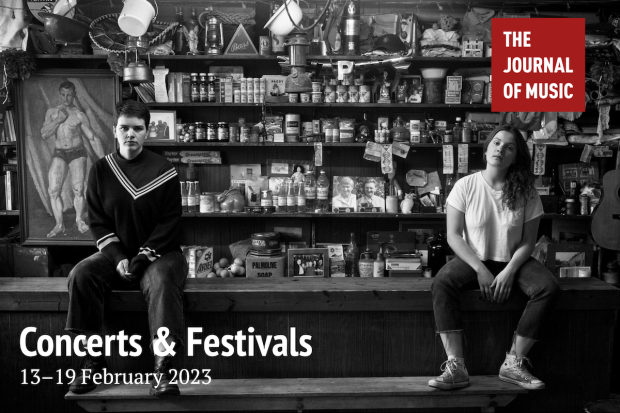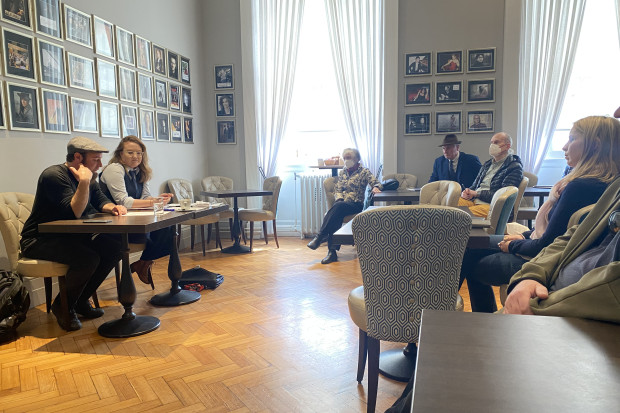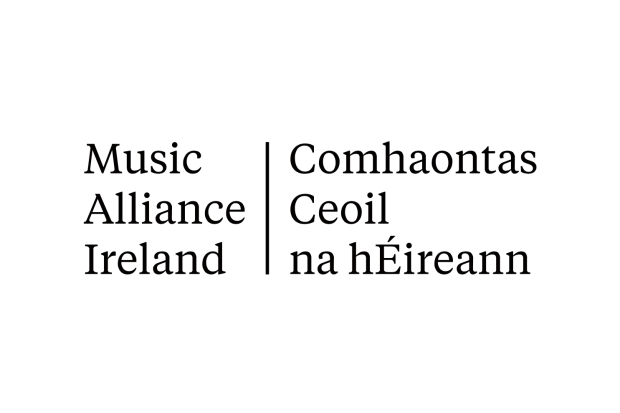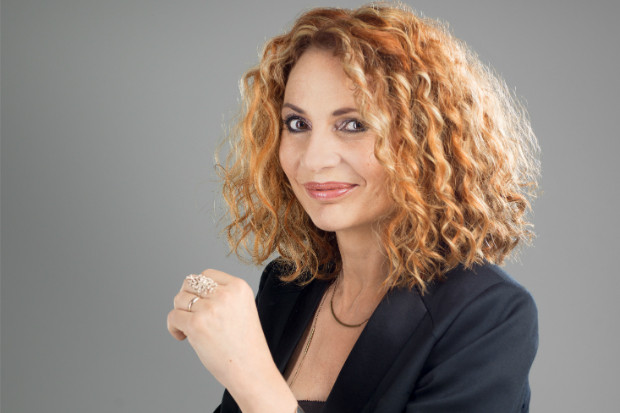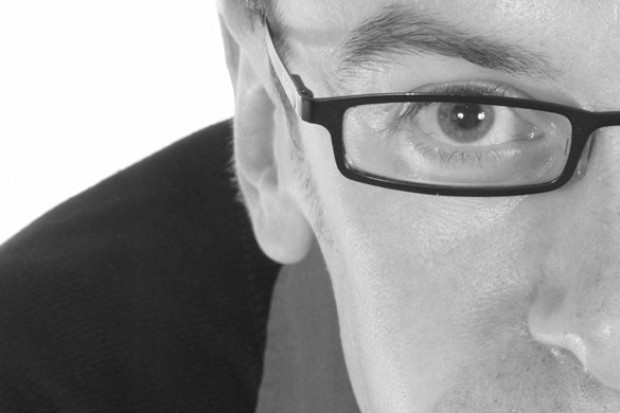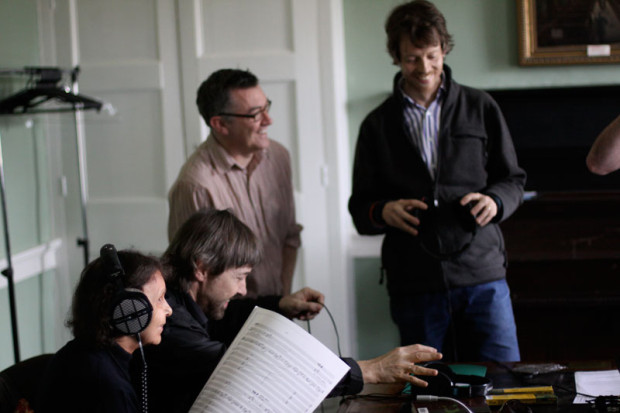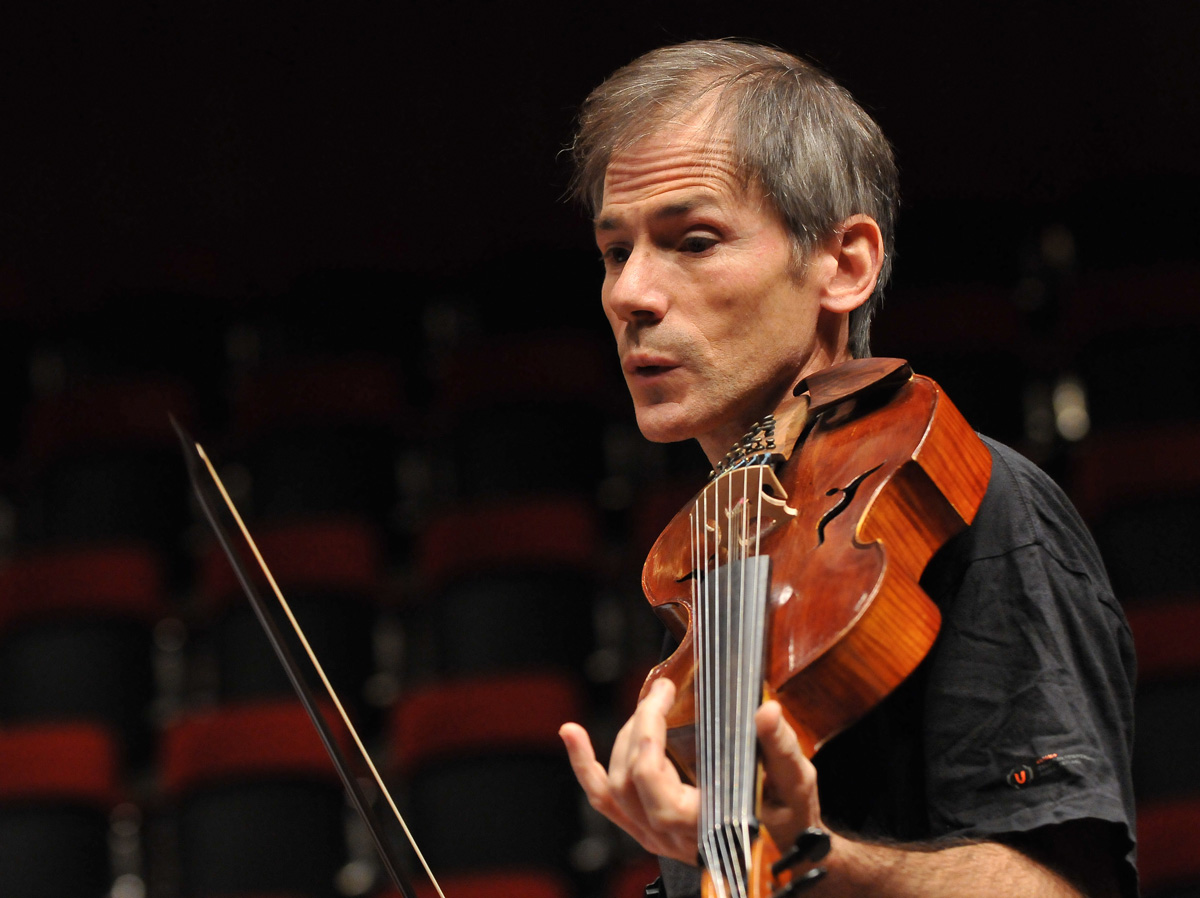
Garth Knox (Photo: Daniel Vass)
’It’s always a question I ask: how do you bring traditional music into a concert situation so that it makes sense?’: An Interview with Garth Knox
Garth Knox was born in Dublin but moved across to Scotland when he was five years old. He had already started school in Dublin, and he finds that Irish traditional music has become more important to him as the years go by.
I’ve alway had Irish music in the blood, but I’m not a traditional musician. Yet it’s always a question I ask: how do you bring traditional music into a concert situation so that it makes sense? It’s one of my continuing questions and this concert tour is part of an answer to that, because ‘Black Brittany’ is kind of traditional music done in our own way.
‘Black Brittany’ combines the melody of the song ‘Black is the Colour’ with the ‘Leaving Brittany’ waltz written by the late Scottish fiddle-player Johnny Cunningham and it takes a partly baroque approach. The Saltarello recorded the piece on their debut CD from 2012 which was released on the ECM label.
For this tour, Music Network has commissioned Knox to write another new work specifically for the concerts. Titled ‘Cloak’, and inspired by the story of St Brigid’s healing cloak, it’s a response to ‘Black Brittany’, a bridge piece between classical and traditional, also featuring free improvisation from all three. ‘I wrote it but without them I couldn’t have done it. … It will change on tour. I’m sure the first performance will be different to the last one.’
Making it new
Knox’s exploration of traditional music has included an album with fiddle-player Caoimhín Ó Raghallaigh, All Sounds are True, which they recorded on the Diatribe label in 2017. The two had met in Paris and had only done a handful of concerts together when Nick Roth of Diatribe suggested they record. The album is part of what Knox describes as his continuing exploration of new sounds, which stretches throughout his career.
I had a very classical training … [and] I met some people who were doing contemporary music and I found it very interesting. What I liked about it was the creative side of it. Up to then I’d been taught that what we’re trying to do is reproduce something that has already been done… but music is not about that, it’s not about copying other people, it’s about making it new all the time, and that’s what new music does.
He subsequently joined Boulez’s Ensemble Modern group in Paris and worked extensively with the legendary composer.
The most important thing I learned from him was clarity. He had great clarity, in his music and his conducting and his speaking. When he was saying something to you … you thought this man is right. He was so clear… He would adapt his words to the person he was speaking to. He would say it just the right way, and with this look in his eyes. It was so convincing! And that’s something I’m looking for as well. When you play music, you have to have this feeling for clarity. What are people going to understand? Of all the ways you could say something, what is the best way to say this to this person?
Knox also spent seven years with the famous Arditti quartet in England, renowned specialists in contemporary music.
I loved it. It was really hard work. And after seven years I said I love this but I’m going to stop now while I’m still loving it. People thought I was crazy. Why would you walk away from something like that? But for me it wasn’t a difficult decision to make. It was very clear to me that I wanted to leave. I wanted to broaden my musical outlook. I wanted to move back to Paris as well, where I had started, and I wanted to do my own things. I wanted to write my own music.
In the Arditti the most interesting part for me was discovering new sounds and making sense of them. There was also a very intellectual side. There were many things that were extremely difficult but for me the main interest was making an interesting sound and making it make sense to people. And since I left the quartet that’s what I continue to do.
Different colours
For their ten-date Irish tour, the Saltarello Trio are playing music taken from a thousand-year period. Among the composers they are performing are Hildegard von Bingen, Purcell, Dowland, Vivaldi and a 2015 work by the Irish composer David Fennessy, Three movements from 5 Hofer Photographs for solo cello.
I like Dave’s music very much. It’s very inventive. This piece is based on photographs. You have a visual image, or he had one when he wrote it. And he shares this visual image through solo cello pieces. They are three settings of photos in Dublin. It’s very moving, very well written.
Knox will play three different instruments on the tour, the medieval fiddle, the modern viola, and the viola d’amore, and the combination of these instruments with cello and a range of percussion gives the trio a broad palette. ‘The trio is interesting because of the sounds we make. … It’s three very different colours.’
Knox has never toured Ireland before and having the opportunity to travel across the entire country – the tour begins in Belfast and travels to venues from Castlebar to Wexford – is an exciting prospect for him.
It very much means a lot to me. I’m really intrigued as well to come and speak to people because we hear so much about what’s going on [politically] in Ireland. I want to hear it from the horse’s mouth.
The Saltarello Trio are performing in the Centre Culturel Irlandais in Paris tonight (25 Feb.) and then begin their Irish tour on Thursday 27 February in Belfast at the First Presbyterian Church. This will be followed by Derry (28th), Portstewart (29th), Clifden (1st March), Castlebar (2nd), Wexford (3rd), Dublin (4th), Cork (5th), Waterford (6th) and Castlepollard (7th). For further details, visit www.musicnetwork.ie.










